The world's most modern submarine comes from Kiel
Submarine for Singapore launched as "Inimitable" On 22 April 2024, the fourth submarine in the Type 218SG construction programme was christened at the thyssenkrupp Marine Systems shipyard in Kiel. Among the 250 invited guests were Boris Pistorius, Federal Minister of Defence, and Teo Chee Hean, Senior Minister and Coordinating Minister for National Security of the Republic of Singapore, as well as other high-ranking representatives from Singapore and Germany. The boat's godmother was Mrs Teo Swee Lian, Teo Chee Hean's sister. Oliver Burkhard, CEO of thyssenkrupp Marine Systems, emphasised: "The submarines built as part of this project are the most modern conventional submarines that have...
Weiterlesen

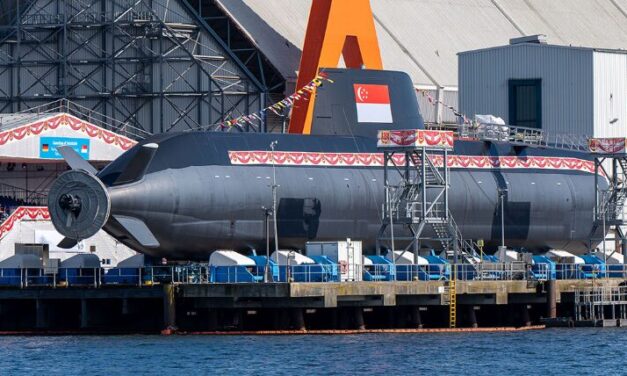
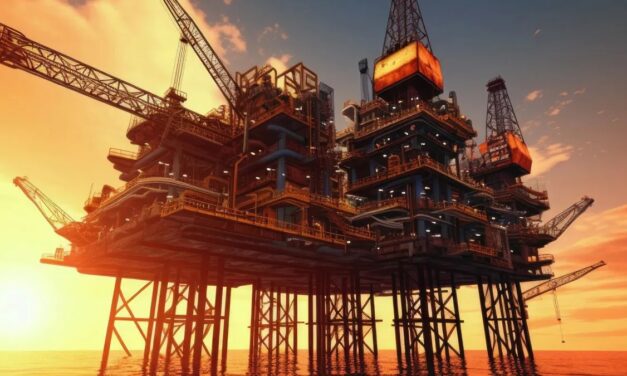
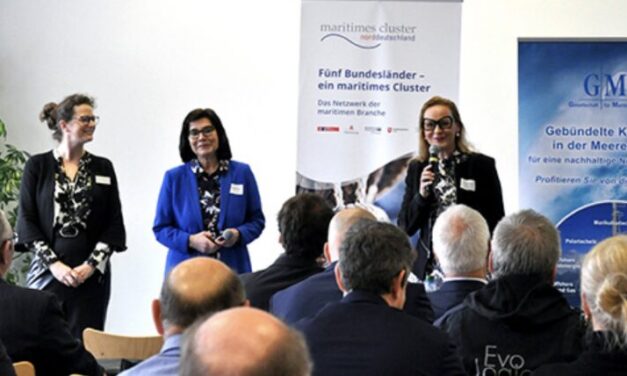
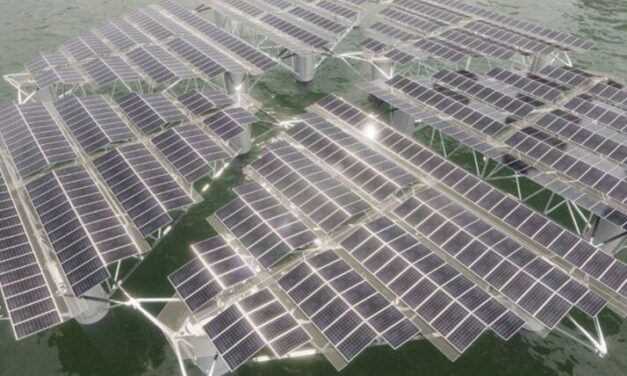
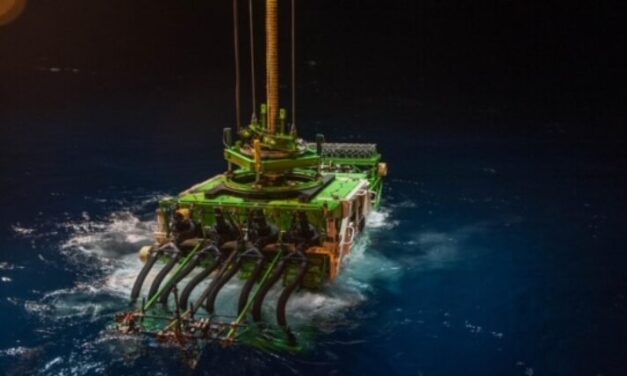
Recent Comments